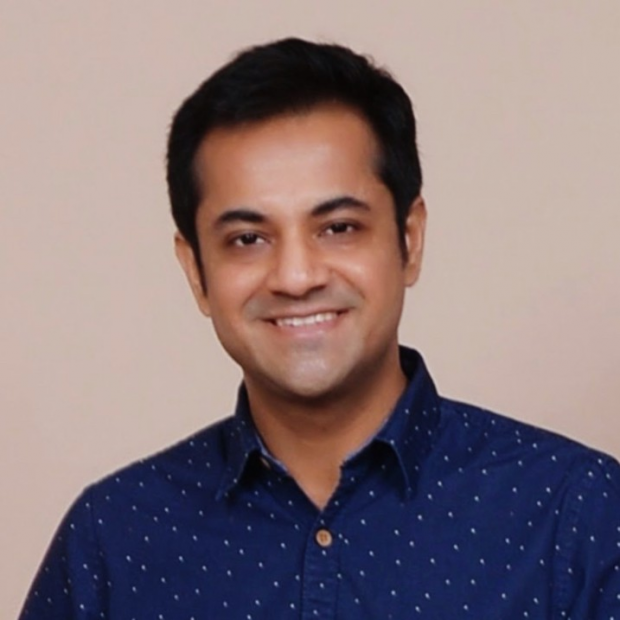Dissecting the CMS Spectrum: Headless vs. Traditional Content Management Systems
By Ujjval Pandya
Photo : Dissecting the CMS Spectrum: Headless vs. Traditional Content Management Systems
The need for robust and flexible Content Management Systems (CMS) is imperative. As businesses strive to deliver superior user experiences across various channels, the choice between a Headless CMS and a Traditional CMS becomes critical. This article explores the intricate fabric of both CMS paradigms, aiding enterprises in making informed decisions.
Introduction to CMS
A Content Management System (CMS) is software that facilitates the creation, management, and modification of digital content. It serves as the cornerstone for businesses to manage their digital presence effectively.
Headless CMS vs. Traditional CMS
A Traditional CMS comprises a front-end and back-end tied together, making it a monolithic structure. Conversely, a Headless CMS decouples the front-end from the back-end, allowing developers to design the user interface (UI) with greater flexibility using any programming language.
Pros and Cons of Headless CMS:
• Flexibility in Front-end Technology Choices: Headless CMS offers unparalleled flexibility, enabling developers to use any front-end technology, which is a boon in today's diverse tech ecosystem.
• Improved Content Reuse and Distribution: With a headless CMS, content is stored in a pure form, making it easier to repurpose and distribute across different platforms.
• Scalability and Performance Advantages: Due to its decoupled architecture, scaling and performance enhancement are more straightforward with a headless CMS.
• Potential Complexity in Setup and Maintenance: The decoupled nature can introduce complexity, requiring a stronger technical acumen for setup and maintenance.
Pros and Cons of Traditional CMS:
• Integrated Front-end and Back-end: Traditional CMS offers an integrated solution that can be more intuitive for individuals with less technical expertise.
• User-friendly Interface: They often come with user-friendly interfaces making it easier for non-technical users to manage content.
• Limited Flexibility in Front-end Technology: The monolithic structure can limit the flexibility in choosing front-end technologies.
• Potential for Slower Performance and Scalability Challenges: Traditional CMS can exhibit slower performance and scalability issues as traffic increases.
Use Cases for Headless CMS
Headless CMS shines in scenarios like:
• E-commerce Websites: For managing dynamic and ever-changing content.
• Multichannel Content Distribution: Easily distribute content across various channels.
• Mobile App Content Management: Manage content for mobile applications effectively.
• Use Cases for Traditional CMS:
Traditional CMS is ideal for:
• Blogs and Simple Websites: Where the requirement for multi-platform distribution is minimal.
• Small to Medium-sized Business Websites: Manageable with less technical resources.
Developer Experience
Developers frequently gravitate towards a headless CMS when working on innovative projects, primarily due to the unparalleled flexibility it affords. Unlike a traditional CMS, a headless CMS separates the back-end content repository from the front-end presentation layer. This decoupling not only empowers developers to choose the front-end technology that best suits the project's needs but also facilitates seamless integrations with other systems and platforms. They can experiment with various front-end frameworks like React, Vue, or Angular to create highly customized, dynamic user interfaces without being constrained by the back-end CMS.
Considerations for Content Creators and Marketers
The decision between opting for a headless CMS or a traditional CMS can significantly affect content creators and marketers. In a headless CMS scenario, the detachment of front-end presentation from back-end content management necessitates a more collaborative synergy between developers and content creators. This means that the content is structured and tagged appropriately for seamless distribution across various channels, aiding in achieving a cohesive digital experience. However, this setup might pose a steep learning curve for content creators who are accustomed to the visual feedback provided by traditional CMSes, potentially extending the time required to familiarize themselves with the system and optimize content for delivery.
A traditional CMS offers a more intuitive environment for content creators and marketers due to its integrated front-end, which usually provides immediate visual feedback as content is created and edited. This approach reduces the iteration time between content creation, review, and publication for a faster go-to-market strategy. The user-friendly interface of a traditional CMS typically requires less technical acumen, which can be particularly beneficial for small to medium-sized enterprises with limited technical resources. But while a traditional CMS may simplify content management, it often does so at the cost of flexibility and the ability to swiftly adapt to emerging digital trends and technologies, which can eventually affect how effectively content reaches and engages the target audiences in a fast-evolving digital landscape.
Case Studies
Various businesses have showcased the successful implementation of both CMS models. For instance, a prominent e-commerce platform benefited immensely from migrating to a headless CMS, which streamlined its content management across web and mobile platforms.
The transition to a headless CMS facilitated a more fluid content delivery, enhancing user engagement across multiple touchpoints. Moreover, the inherent flexibility and scalability of the headless CMS architecture played a pivotal role in supporting the e-commerce platform's expanding digital footprint and in adapting to evolving market demands effortlessly.
Future Trends
The CMS landscape is continually evolving, with Progressive Web Apps (PWAs), Artificial Intelligence (AI), and Machine Learning (ML) driving the next wave of innovations.
The dichotomy between Headless and Traditional CMS reflects the broader challenge of choosing the right technology stack. Enterprises must weigh the pros and cons in line with their long-term digital strategy, technical resources, and the evolving digital landscape to make an informed decision.
This comprehensive examination underlines the need for a meticulous assessment to ensure that the selected CMS aligns well with the organizational goals, ultimately enabling a coherent and captivating digital user experience.
About Ujjval Pandya

Ujjval Pandya, a Senior Solution Architect at Infogain, specializes in Web Content Management (WCM) and E-Commerce Services with 15 years in the IT sector. He played a key role in a substantial loyalty program transformation utilizing Adobe AEM, .Net, and MuleSoft APIs to amalgamate solutions across various vendors' products. His credentials extend to two multi-million-dollar digital transformation projects, adeptly handling both on-site and offshore operations. With deep-rooted expertise in Adobe Experience Manager (AEM), Java/J2EE, and Web Technology, Ujjval has showcased proficient project management in strategic Agile projects. Holding certifications as an Adobe AEM Certified Architect, Developer, and Business Practitioner, his on-site client relationship management skills are further honed by his education from India's notable IIM-B institution.
* This is a contributed article and this content does not necessarily represent the views of universityherald.com









